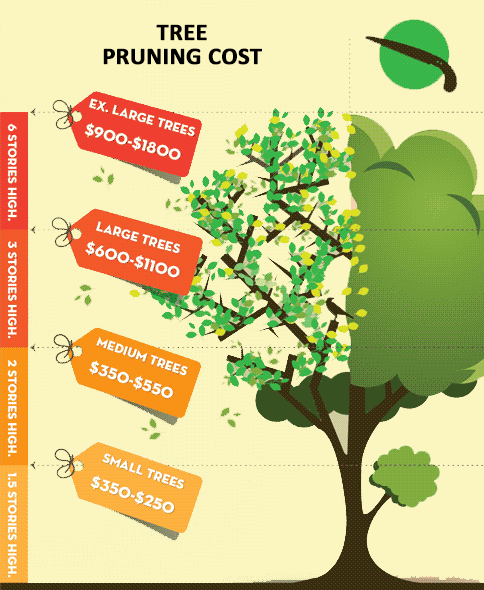Seasonal Tree Care: How To Manage Trees Prior To And After Elimination
Seasonal Tree Care: How To Manage Trees Prior To And After Elimination
Blog Article
Produced By-
When it pertains to seasonal tree care, ensuring appropriate administration before and after elimination can substantially influence the health and wellness and appearances of your landscape. By comprehending the essential actions involved in examining tree health and wellness and preparing for removal, you can proactively safeguard your building. But what about the crucial techniques to adhere to when the tree is gone? Remain tuned to uncover the crucial post-removal treatment procedures that will aid you grow a flourishing and lasting atmosphere for your trees.
Pre-Removal Tree Treatment
Prior to resolving the removal of a tree, it's critical to prioritize pre-removal tree treatment. Start by analyzing the tree's wellness and architectural integrity. Search for signs of condition, insect problems, or any architectural issues that may posture a safety threat during removal. It's important to seek advice from a certified arborist to establish the best strategy.
Trimming dead or diseased branches can avoid further damages to the tree and ensure a smoother elimination procedure.
In addition, consider the environmental impact of eliminating the tree. Trees play an essential role in our community, so planting a new tree in an ideal location can assist offset any kind of loss. Guarantee that you have the required authorizations and consents for tree removal, particularly if the tree is secured by regional laws.
Seasonal Upkeep Tips
Assessing your tree's requirements throughout the year is necessary for its health and wellness and long life. To maintain your trees in leading problem, follow these seasonal maintenance suggestions.
In spring, concentrate on pruning to remove dead or damaged branches and motivate brand-new development.
Summertime requires normal watering, specifically throughout dry spells, to ensure your tree remains hydrated.
As loss techniques, keep an eye out for early indications of condition or anxiety, and think about applying compost to shield the roots during winter season.
In winter season, be cautious when getting rid of snow from branches to stop breakage, and remain to check your tree's total health and wellness.
Bear in mind to adjust your care regular based on the particular demands of your tree types and local environment. By staying alert and proactive throughout the seasons, you can aid your trees flourish and prosper for years ahead.
Post-Removal Tree Treatment
To make sure the health of your landscape even after tree elimination, appropriate post-removal treatment is important. After a tree is gotten rid of, it's essential to load the continuing to be hole with topsoil and small it to avoid settling. check this site out will aid preserve the integrity of the ground and protect against possible threats in the future.
Consider planting new greenery instead of the gotten rid of tree to bring back the equilibrium and visual appeals of your landscape. Consistently water the location to promote the growth of new plants and stop soil disintegration.
Examine https://howtomakeatreefallacertai07394.blogdun.com/30845983/journey-via-impressive-changes-as-stump-grinding-reveals-the-covert-chances-in-your-yard bordering trees for any type of indicators of disease or stress that may have been brought on by the eliminated tree. Watch out for parasites that could've been attracted to the previous tree and take safety nets to safeguard the remaining plant life.
If required, talk to a professional arborist to evaluate the impact of the elimination on the bordering trees and identify any type of added treatment required. By adhering to these post-removal treatment actions, you can make certain the ongoing health and wellness and appeal of your landscape.
Final thought
In conclusion, aggressive seasonal tree treatment is vital for keeping the health and wellness and balance of your landscape. By examining tree health and wellness, trimming, and consulting with an arborist before removal, you can make sure a risk-free process. After removal, filling up the hole, planting new plant life, and routine watering will promote new growth and protect against disintegration. Remember to inspect surrounding trees for disease and seek additional treatment steps from an arborist to keep your landscape thriving.
